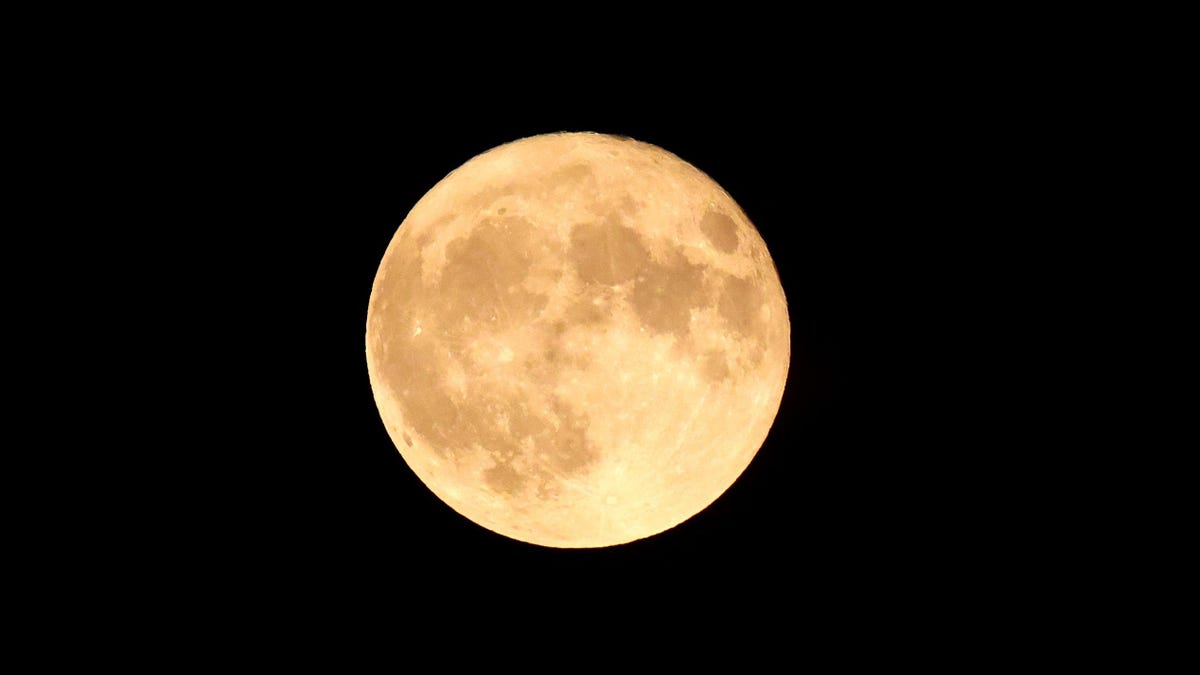
The second supermoon of the month will rise this Wednesday, August 30. It will be even closer to Earth than the first supermoon of the month, the so-called Sturgeon Moon that rose on August 1.
Supermoons describe full Moons that occur within 90% of the Moon’s perigee, or its closest approach to Earth in its orbit. To the naked eye, supermoons make our lunar satellite appear much larger in the night sky than normal.
Supermoons always appear consecutively. This year will see four; the first occurred the night of July 2 and the last will happen the night of September 28. The two August supermoons complete the set. The early August Sturgeon Moon is named after the term used by the Algonquin tribes in the northeastern United States to describe supermoons that appear around this time of year, according to a NASA explainer on last year’s Sturgeon Moon, the last supermoon of 2022.
It’s not unusual to have a handful of supermoons in a calendar year, but it’s rare for two supermoons to occur in the same month. When such a twofer occurs, the second full Moon of the month (ordinarily a “blue moon”) is a “super blue moon.”
Blue moons do not refer to the Moon’s coloration, which changes depending on conditions in Earth’s atmosphere. The Moon can appear anywhere from brown to orange to purple to white depending on what’s floating around the night sky where you are.
According to PBS, the last time that two full supermoons occurred in the same month was in 2018 and the next time it occurs won’t be until 2037. If you missed the first supermoon of the month, now’s your chance.
As far as the viewing experience is concerned, you’re in luck. The super blue moon will be about 115 miles closer to Earth than the first supermoon of the month, according to Fred Espenak’s full supermoon table. You just need to hope for clear skies Wednesday night, wherever you are.
If you can’t spot Wednesday’s super blue moon it’s not the end of the world. According to EarthSky there will be four consecutive supermoons next year, one per month from August through November.
But do try and see this week’s main event. The super blue moon (or blue supermoon) will be the closest to Earth of any this year, the closest supermoon to Earth until November 2025, and the last monthly blue Moon until May 2026. So not only is this blue moon super, it’s also superlative!
More: Oh My God Stop It With the Fake Moon Names What the Hell Is a ‘Black Moon’ That Isn’t Anything





